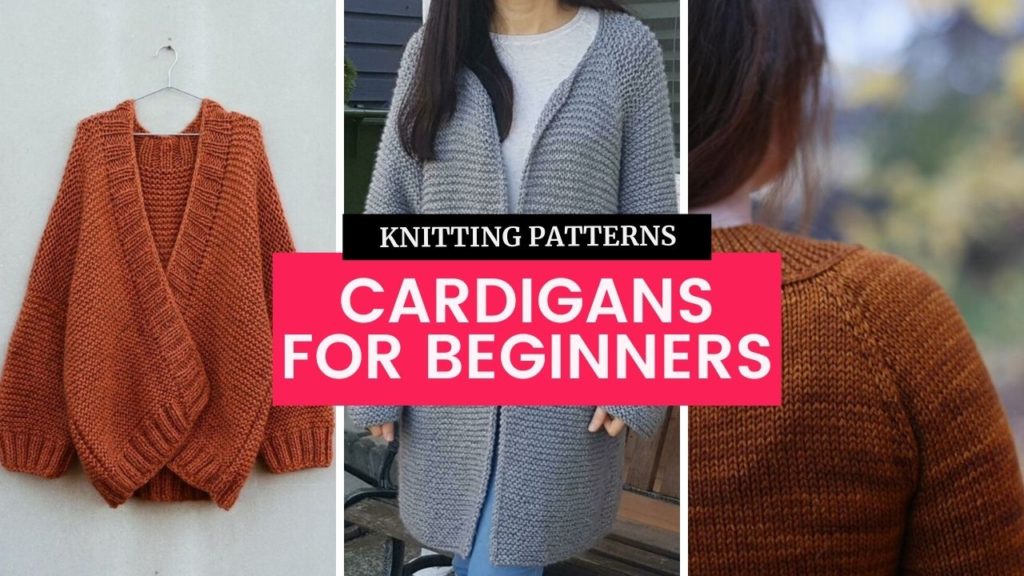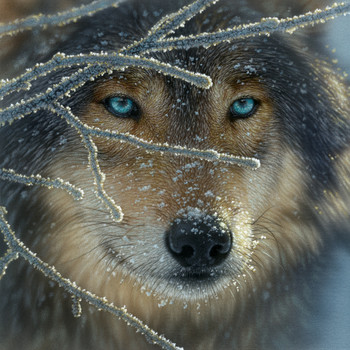
You will need to have some basic skills in order to knit a beanie. To knit a beanie, you should use bulky yarn with a length of approximately 125 yards. Use a size seven straight knitting stitch needle. Once you've chosen your yarn, start knitting. Cable knitting needles can be used to increase the size of the hat's body. Once you've reached the desired length, you can move on to the next step, which is forming the headband.
Beginner's guide to knitting a beanie
A beanie can be a simple knitted cap that looks great and keeps you warm. A beanie can be knit in no time. This guide covers all the necessary techniques to knit a beanie. After you've made your swatch, you'll want to begin knitting the beanie's main body.
The first step in knitting a beanie is to get your tension gauge. This is necessary because you'll need to know how many stitches per centimeter. To do this, lay out the gauge and make sure it's flat. Divide the number stitches by the length on your swatch to find the appropriate tension. If your gauge is not perfect, you will need to purchase some.

Patterns available online
A beanie knitting project is fun, simple, and versatile. There are many patterns that you can download online. A popular style is the pom-pom hat. This hat is great for all ages, and easy to make. This hat can be knit with a circular knitting machine if you have a hank or worsted-weight yarn. You should know how to knit the garter stitches, knit two together and German twisted cast on.
A color-block cap makes a bold fashion statement. Color-block beanies can be made using knit or purl stitches. These hats are finished with a large pompom for extra color. This free knitting template is an easy pattern that beginners will love. It's an easy knit hat pattern, and you only need a basic knowledge of knitting to knit one.
Size at the end
The finished size of a beanie depends on the head circumference of the wearer. This type of hat can stretch so you should measure it with a soft tape. Generally, it should be twenty-one inches / 54cm across, or about nine inches wider than the wearer's head. This measurement is not necessary if the wearer has glasses. The hat will fit the eyes.
Stitch pattern
A beanie stitch pattern starts with 80 stitches using size 8 circular needles. You will work in a pattern known as "knit 2 purl 2" where you alternate knitting and purling stitches. You can reduce the length of the hat by knitting two stitches in one stitch. Finally, close it by pulling on the yarn tightly.

You can use two strands if you are knitting an adult hat. This will allow you to knit a larger beanie, with more stitches per inch. The adult size is 53 to 56cm. This stitch pattern will work for adults. You can use more than one strand of yarn, and you can make it smaller or larger depending on what fits your needs.
FAQ
What are observation hobbies?
Observation hobbies are activities where you observe people doing what they do. These hobbies could include reading books, watching sports, or going on vacation. It could also include observing others.
You can learn creativity through observation hobbies. You can apply this knowledge later on when you work with others.
You'll find that if you're interested in something, then you'll have an easier time learning about it.
For example, if you want to know more about football, you may watch a game or read a book about it. You could visit or take part in exhibitions if you are interested in learning more about photography.
You could also buy a guitar or play along online to music if you are a musician.
You could also choose to cook at home or go to restaurants if you are a good cook.
If you like gardening, you could grow vegetables or flowers.
If dancing is something you enjoy, join a dance class.
If you like painting, you could paint pictures.
Write poetry and stories if that is what you love to do.
You could also draw pictures if you enjoy drawing.
If you have a passion for animals, you might be able to look after them or work in a zoo.
If science is your passion, you might choose to study biology or chemistry.
If you like history, you could read books, watch films or listen to podcasts.
If you enjoy traveling, you can travel around the world or just explore your own area.
What kinds of hobbies are appropriate for introverts.
Introverts have the ability to focus on one thing at a time. They tend to prefer solitary activities such as reading, writing, playing music, watching movies, etc.
They also enjoy quiet time. They are not social creatures and don't want to be around people all day. They are often bored when surrounded in people.
Introverts will often choose hobbies that require them alone. You might find them reading books, listening, playing music, taking photos, writing poetry or painting.
Introverts may even prefer to live alone. They can focus on their hobbies and not be distracted by other people.
What are the most popular hobbies right now?
Popularity is not always a positive thing. Popularity is often used to excuse mediocrity. Most people don’t have the time to pursue any hobbies they desire. They are too busy trying to make ends meet. You don't have the time to do all of these things. You could start your own company.
However, this isn't easy. Before you can make your idea a reality, there are many hurdles to overcome.
You should look into a hobby if you want something more thrilling than running your own business.
Hobbies can be more than just creative pursuits. There are many different kinds of hobbies available. There are many hobbies available, including:
-
Gardening
-
Cooking
-
Photography
-
Reading
What does it cost to have a hobby?
Time is all that's required to make a hobby a success. It can take many years to accomplish what you desire if you are serious about it.
However, there is something that can help. It's called "passion". If you have passion about something, it will make it easier for you to work hard.
It is possible to become addicted once you begin putting in the work. This is where the real joy begins. Because you are enjoying what you are doing and are constantly improving. This will mean that you will have likely made significant improvements by the end.
So don't worry too much about how long it takes. Try it! You might just surprise yourself!
What are some great hobbies?
Your favorite hobbies are ones you enjoy. If you enjoy what you do, it will be much easier to keep going. This will give you a reason for not feeling well, or tired.
Our hobbies include painting, crafts, photography and cooking.
Volunteering could be a great option.
Suppose you're looking for something more adventurous. Take up skydiving or rock climbing, parasailing, parasailing and paragliding.
There are many ways to enjoy nature, even if you don't want to travel far. These include caving.
What are educational hobbies?
An educational hobby can be defined as an activity in which you learn something through doing it. This could include anything from learning to play an instrument to playing sports.
You should have fun with it. It doesn't have to be done all the time. However, if you get bored of it, you should think about other things you can do instead.
Also, you need to be careful not to spend too much on these activities. They can end up costing more than you think.
Statistics
- The Role of the Mind in Sex, Dating, and Love: Men in the “humor” condition received phone numbers from 42.9% of the female participants and were refused 57.1% of the time. (time.com)
- 37% Video Games 36% Travel 36% Health and Fitness (quizexpo.com)
- The intensity of the dialogue partners' bond at the end of the forty-five-minute vulnerability interaction was rated as closer than the closest relationship in the lives of 30 percent of similar students. (time.com)
- In comparison, men in the “no humor” condition were refused 84.6% of the time and were only accepted 15.4% of the time. (time.com)
- A new survey by Pew Research Center of teens ages 13 to 17 finds that 36% of girls feel tense or nervous about their day every day; 23% of boys say the same. (pewresearch.org)
External Links
How To
How to choose the right hobby
Asking yourself questions can help you determine if your hobby fits you.
-
Do I enjoy doing it?
-
Is it a pleasure?
-
It is something that I would love to continue doing, even after I'm older.
-
Am I good at it?
-
Can I improve?
-
Would I recommend it?
-
Is it going to bring me happiness?
-
It will help me relax.
-
Is it going to make me feel better?
-
Do I get to learn skills that will be useful later in my career?
-
Will it let me meet new friends?
-
It will allow me to express myself creatively?
-
Are there any opportunities for me to learn?
-
Is it going to give me the confidence?
-
It will it give me a sense achievement?
-
Will it lead to financial success?
-
Will it enable me to travel?
-
Can it enable me to visit new places?
-
It will encourage me to exercise.
-
Is it going to inspire me?
-
It will it motivate you to succeed?
-
Do I have to take part in activities that I don't normally think of?
-
Can it be a challenge?
-
Will it be exciting?
-
It will keep me fit.
-
It will save you money.
-
Is it likely to reduce stress?
-
Will it prevent boredom?
-
Will it free up my time?